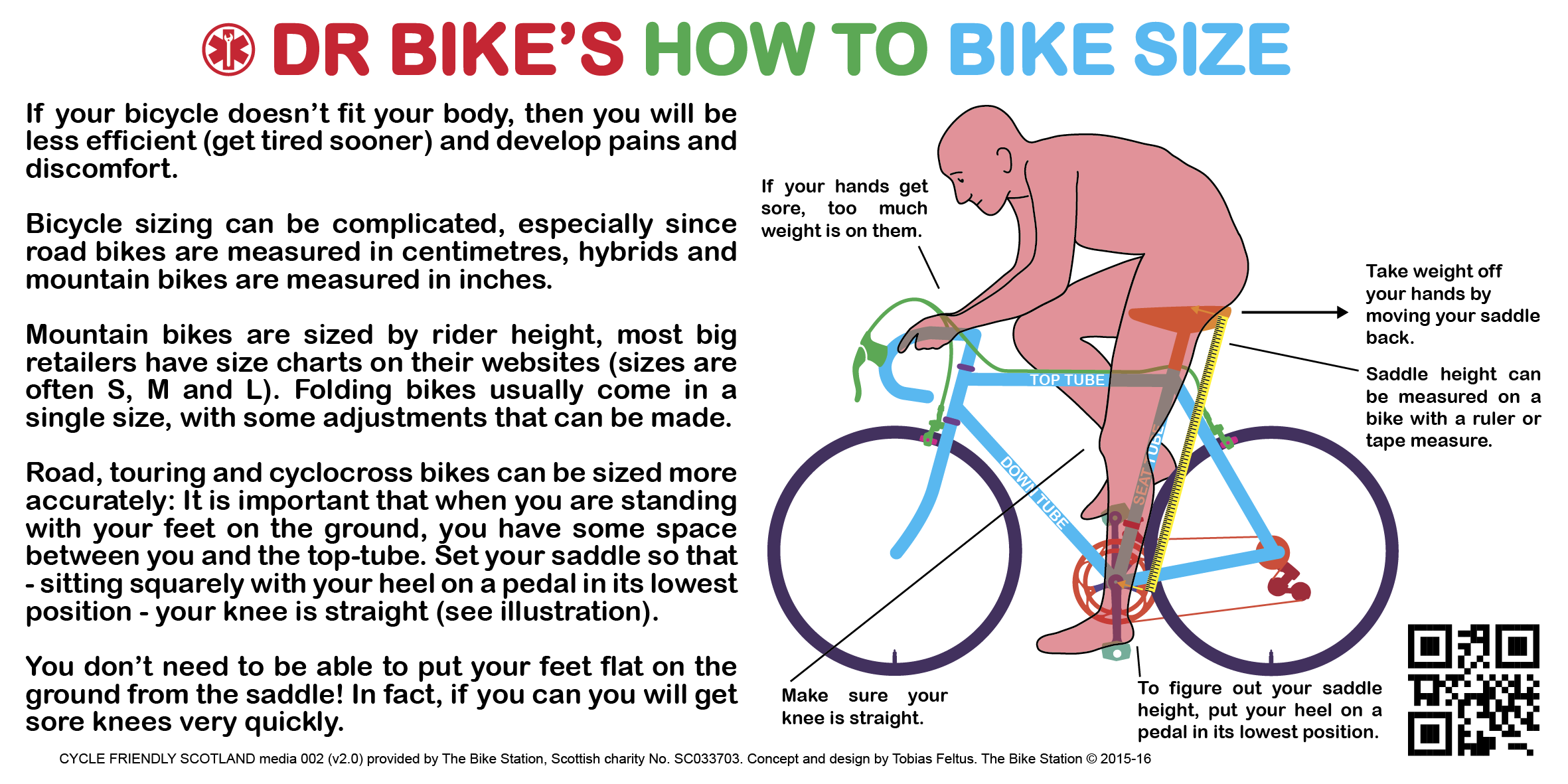I’ve been banging on about how my Master’s ruined my career as a designer ever since I finished the degree (it left me over-qualified, too old and with no experience to get jobs in agencies), but rarely discuss the things that I did learn. And by learn, I am not talking about books read, nor theories learned. Not taught subjects, no. I mean the ability to adapt, to take on board, and to explain myself when misunderstood. Qualities which are transferrable.
In 1999 I moved to Edinburgh for my BA. I had already worked as a photographic and printmaking technician at Civitella Ranieri, and was reasonably adept at drawing, painting and sculpture. It was part of the way I had grown up, and I was generally very confident in what I did, as I had no reason not to be. The internet didn’t really exist, so my only pool of comparison and competition were my immediate friends or successful thises and thats who were published in books.
My painting tutor in first year was the first person to challenge my bubble. He basically forced me to unlearn and re-learn, punching a hole in my comfort zone. Initially this was damaging – of course – but it was also a necessary step for me to break from a linear approach to painting (starting with a fine line, moving from one side to the other, and then building up to darker hues) and allow me to loosen up, which then in turn let me learn to adapt and understand techniques or artists who I previously discounted as poppycock. One day I remember blocking in a large sheet of double-sided card with a big brush and runny acrylics, simplifying the geometry of the room we were in as a background for the still-life, when I abruptly came to the realisation that I understood Mondrian – an artist who’s work previously had been little more than wallpaper to my understanding, but which suddenly had opened out into vast cityscapes, simplified both in form and colour. Sadly I do still seem to need to understand to appreciate – life would be easier if this were not the case.
In 2nd year I was studying design, and most of my course was structured around developing briefs. We would be given a scenario, and a toolset, from which we would need to form a solution that we could then describe and justify. Had we been studying law, our solution would have been the defendant and evidence the toolset; the tutors were the prosecution and the rest of the class a jury. We would usually have an interim and final group critique for each brief, and a few of us rapidly adopted a routine that involved going to the pub after a crit to discuss who had “won” the crit, and continue discussing our various approaches. By winning, what we meant was who had given the best overall presentation, leaving the least number of holes that could be questioned or – if questioned – were answered promptly and eloquently. This process involves a lot of lateral thinking, simplifying your presentation, understanding why you make a series of decisions and – above all – feeling comfortable with the fact that being questioned or challenged is both a learning tool and part of the process of growing up. This is constructive criticism.
So what does this mean now? I instinctively circumnavigate a debate, without making it an argument. I comfortably explain why I continue to use analogue photographic equipment without really leaving anything to criticise… Last year I was working on the Ooglies (a stop-motion animated series for BBC kid’s TV), and as a head of department I had the director and producers above me, and a team below me. I had to be able to express how I wanted things to progress to my team, without explicitly forcing them to follow a blueprint as we had to move forward without having finalised a lot of details of the production. I also had to be able to receive instruction from above, work on things and be able to adapt to the changes they would ask me to make. Often you will find that clients, producers and directors are not visually eloquent. For example they would tell me A, I would bring them drawings of A, and they would then say “no, B”, to which I would have to adapt without feeling assaulted. In this kind of a situation everyone thinks they have the most stressful and important job of the team, and the way that I was able to keep things moving smoothly was to be able to adapt rapidly. To then adapt B to C without as much as rolling my eyes, after B had been built and was, I had thought, ready to go.
No, of course I’m not perfect, I’d be insane to even hazard the thought. Of course I still have opinions and feelings that get hurt and can make me angry, but without that initial experience of having to develop briefs and take peer and academic criticism on board, adapt and try again cyclically, I would not be suited to working in any aspect of the creative industries today.

